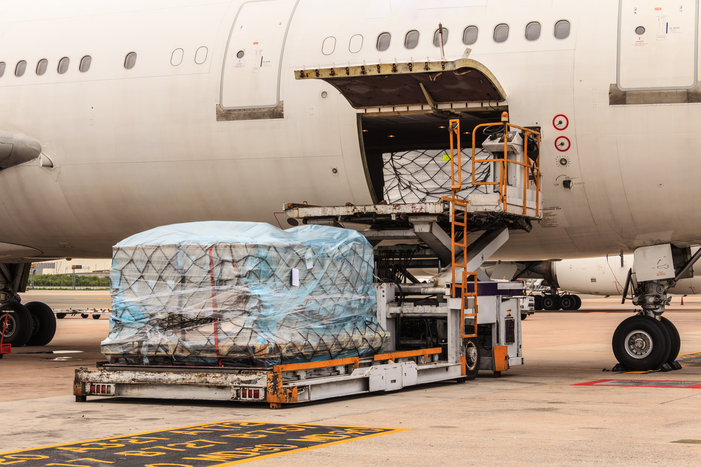In today's fast-paced world, finding the cheapest mode of transportation is essential for individuals and businesses alike. Whether you are a budget-conscious traveler or a cost-conscious entrepreneur, understanding the various options available can help you save significant amounts of money. In this comprehensive guide, we will explore the most economical ways of transportation, considering factors such as distance, convenience, and environmental impact.
- Public Transportation:
Public transportation systems, such as buses, trains, and trams, are often the most cost-effective means of getting around, especially in urban areas. These systems are designed to cater to a large number of passengers, resulting in lower individual fares. Additionally, public transportation reduces traffic congestion and carbon emissions, making it an environmentally friendly choice. - Cycling:
For short distances, cycling is not only the cheapest but also a healthy and eco-friendly mode of transportation. Investing in a bicycle can be a one-time cost, and the ongoing maintenance expenses are minimal compared to other modes of transport. Cycling also provides the added benefits of exercise and reduced carbon footprint, making it an attractive option for those concerned about their health and the environment. - Carpooling:
Sharing rides with others through carpooling services or organizing carpools with colleagues, friends, or neighbors can significantly reduce transportation costs. By splitting fuel expenses and toll fees, carpooling allows individuals to save money while also reducing traffic congestion and pollution. Various online platforms facilitate carpooling arrangements, making it easier than ever to find compatible travel companions. - Ride-Sharing Services:
Ride-sharing services, such as Uber and Lyft, have revolutionized the transportation industry. These platforms connect passengers with drivers who are willing to offer rides at a lower cost than traditional taxis. By utilizing ride-sharing services, individuals can save money on transportation while enjoying the convenience of door-to-door service. However, it is important to compare prices and consider surge pricing during peak hours to ensure the most economical option. - Long-Distance Buses:
When it comes to long-distance travel, buses often offer the cheapest fares compared to flights or trains. Many bus companies provide comfortable and affordable options for intercity and interstate travel. While the journey may take longer than other modes of transportation, the cost savings can be significant, especially for budget-conscious travelers. - Traveling Off-Peak:
Timing plays a crucial role in determining transportation costs. Traveling during off-peak hours or seasons can result in substantial savings. Airlines, trains, and even ride-sharing services often offer discounted rates during non-peak times when demand is lower. By planning your trips accordingly, you can take advantage of these cost-saving opportunities.
Conclusion:
In conclusion, finding the cheapest mode of transportation requires careful consideration of various factors such as distance, convenience, and environmental impact. Public transportation, cycling, carpooling, ride-sharing services, long-distance buses, and traveling off-peak are all viable options for cost-conscious individuals. By exploring these alternatives and making informed decisions, you can save money while fulfilling your transportation needs. Embracing economical transportation not only benefits your wallet but also contributes to a greener and more sustainable future.


